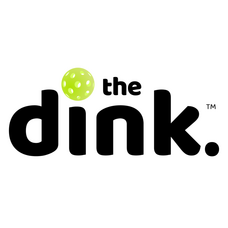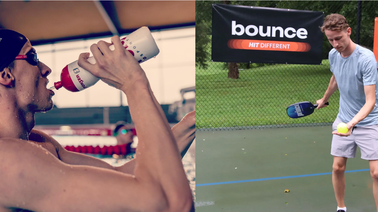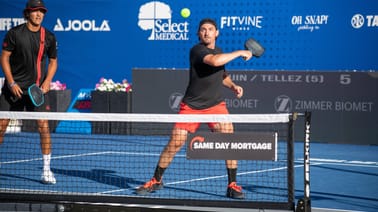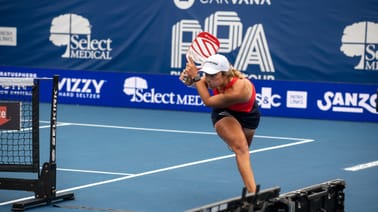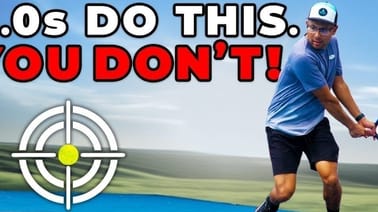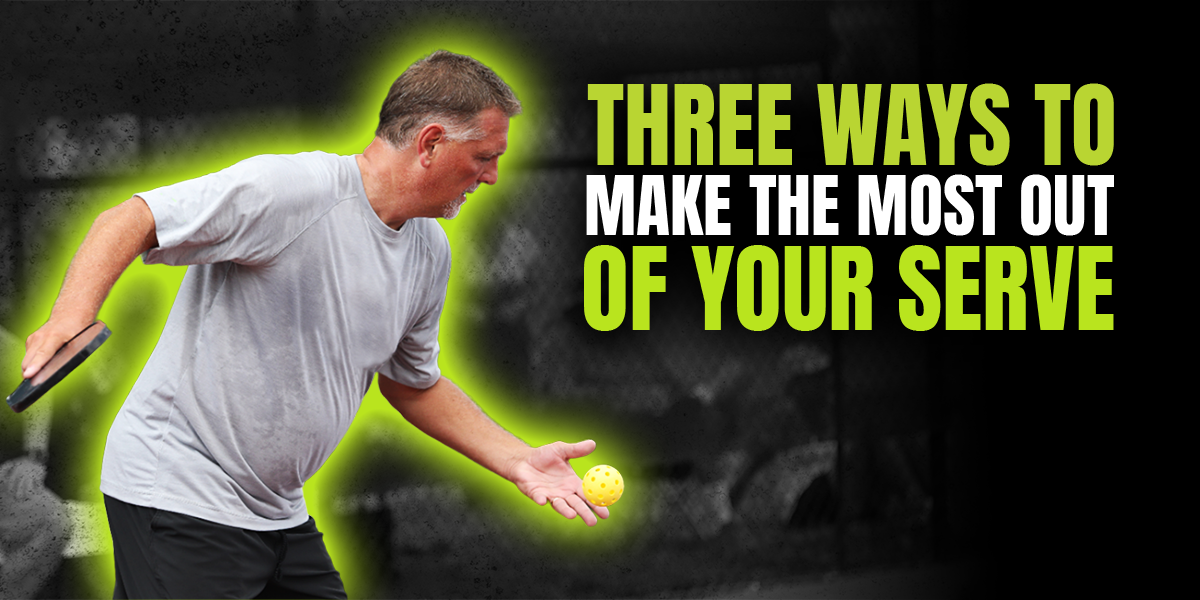
I’ve said this before, but you literally can’t start a pickleball point without a serve and return.
The amateurs I teach (and the ones I play next to at the park) love to talk about how good or powerful their serve is. While that can be an asset (especially in singles), they usually fail to mention that their powerful serve can also be erratic and lead to quicker side outs in doubles.
Here are three ways to make the most out of your serve, without the need to hit it huge.
It’s all in the hips/core rotation
I love golf as much as I love pickleball – which is a lot.
Getting the most out of your serve is much easier when you realize that your core (hips, abs, and upper quads) are crucial to hitting deep. One great professional pickleball player who has mastered using his core on the serve is Quang Duong. Go to YouTube (or even his Instagram) and watch a video of him serving.
Quang generates a ton of speed and spin from rotating along his core. He loads from the ground up through his legs, and creates great torque by turning his shoulders, using a fast hip turn to power through the ball.
Even though he hits one of the heaviest, deepest serves on tour, he has a very compact swing and a short backswing. That shows you how much of his core and legs he uses.
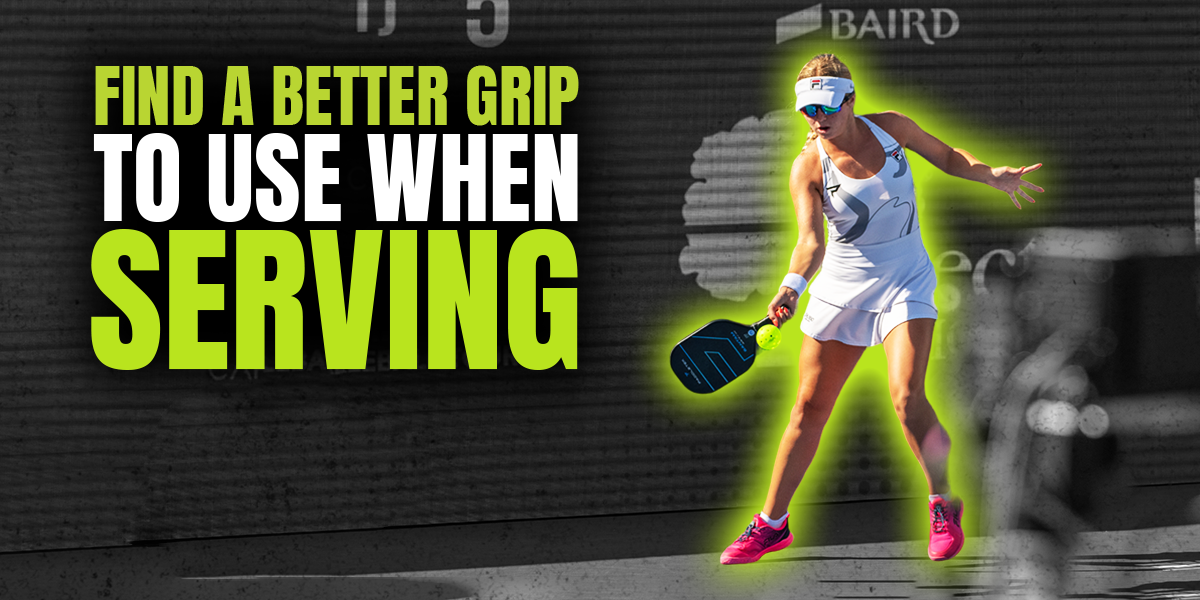
As an amateur, if you want to take one thing away from the "Ball Bender," it is that less is more. Shorten that backswing and stay crouched and turned with your serve as long as possible (just like in golf). When its time to hit the ball, explode through it and accelerate.
To bounce or not to bounce
So many amateurs ask me if they should serve out of the air or off the bounce.
It doesn't matter at all and is totally a matter of preference and comfortability. As a pro, I am not allowed to bounce the ball first. I do think that hitting the ball out of the air gives you the ability to load through the legs better, but I have tried both methods and found that my serve is very similar both ways.
I think at the lower levels it makes sense to bounce the ball first. A lot of people struggle with the "tossing" aspect of hitting the ball out of the air. It can be hard to time hitting the ball out of your hand, and what ends up happening is so many players end up with crazy, out of control tosses as a result.
Bouncing the ball first simplifies this, and makes the serve more like hitting a forehand than hitting a unique shot. If you fall in that category, then by all means bounce it.
More importantly, I would urge you to have the same serve routine every time you step up to the line. For me, I like to hit the ball off my paddle a few times and take a deep breath before going through my motion.
Some players - like Brooke Buckner - insist on bouncing the ball 20-30 times. Whatever your specific routine is, make sure you stick to it and practice doing it every time you serve (even in practice). This consistency will help you fight the yips.
And speaking of the yips…
How to fight the serving yips
Let me start by saying I have been lucky enough to never have the yips.
Contrary to popular belief, it is a psychological problem and not a physical problem. I have, however, felt enormous amounts of pressure in my sporting career, so I am not completely clueless to this phenomenon.
To me, this is why having a serving routine is so crucial. If you can, try to get completely lost in your routine. This will allow you to zone out all the exterior influences that can lead to the yips (crowd noise, natural elements, pressure of the score, etc...) and focus solely on the action of striking the ball in the service motion.
If you still have the yips and can’t seem to shake them, have a Plan B serve. This needs to be a simple, short-swing lob serve which resembles you feeding the ball back to your opponents after a point or during a side out. The sole purpose of this serve is to get the ball in play – depth, spin or location does not matter.
While the yips can be frustrating, the good news is that pickleball is not tennis or shooting a free throw in basketball and is mechanically much simpler, all things considered. Breathe deep, zone out the outside distractions, and hit the ball easily into the court.
Serving drill – serving under pressure
What is something you completely dread?
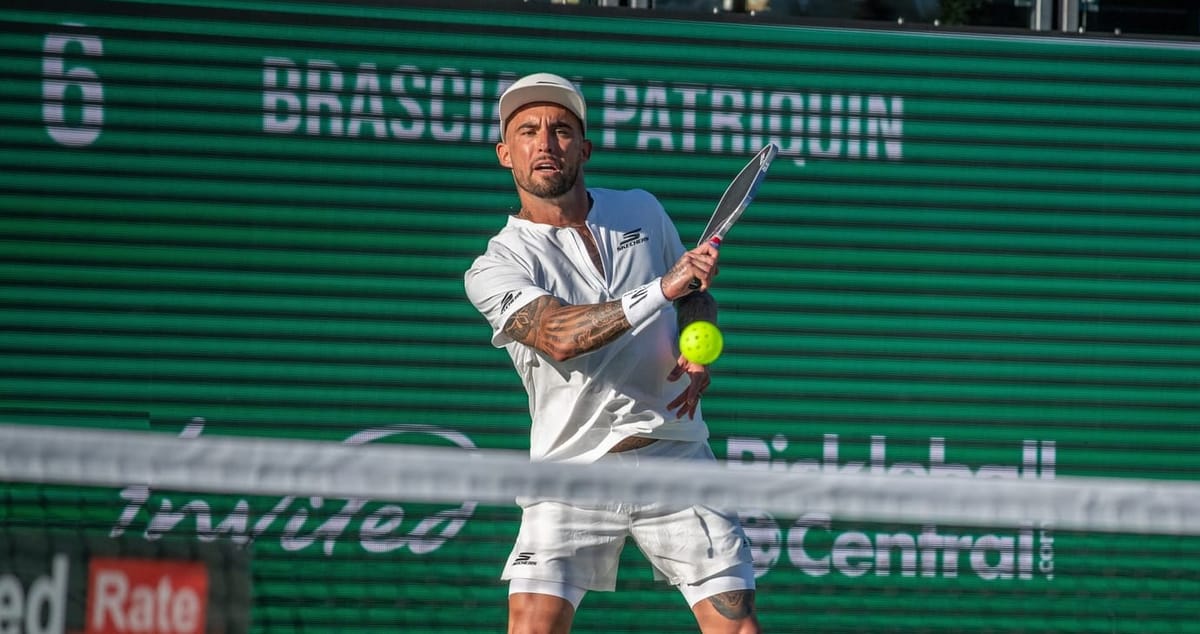
For me, it is running sprints or distances. That is precisely why I played sports my entire life - for exercise. For this drill, set up a cone about a foot beyond the kitchen line in the court opposite of you (so in the box diagonal from the side you are serving on). You have to hit 10 serves in a row beyond the cone - the ball can land anywhere in the box as long as it is beyond the cone.
If you fail to hit 10 in a row beyond the cone, you have to run a sprint or whatever the thing is that you dread most. Do this drill until you succeed, and then move the cone another foot closer to the baseline and repeat. Continue moving the cone closer and closer to the baseline to practice hitting deeper serves.
This drill is great for creating pressure in a practice environment, and will help you hit a reliable serve under pressure in real games or tournaments.
Enjoy the grind, and remember, you can’t dink all day if you don’t start in the morning.
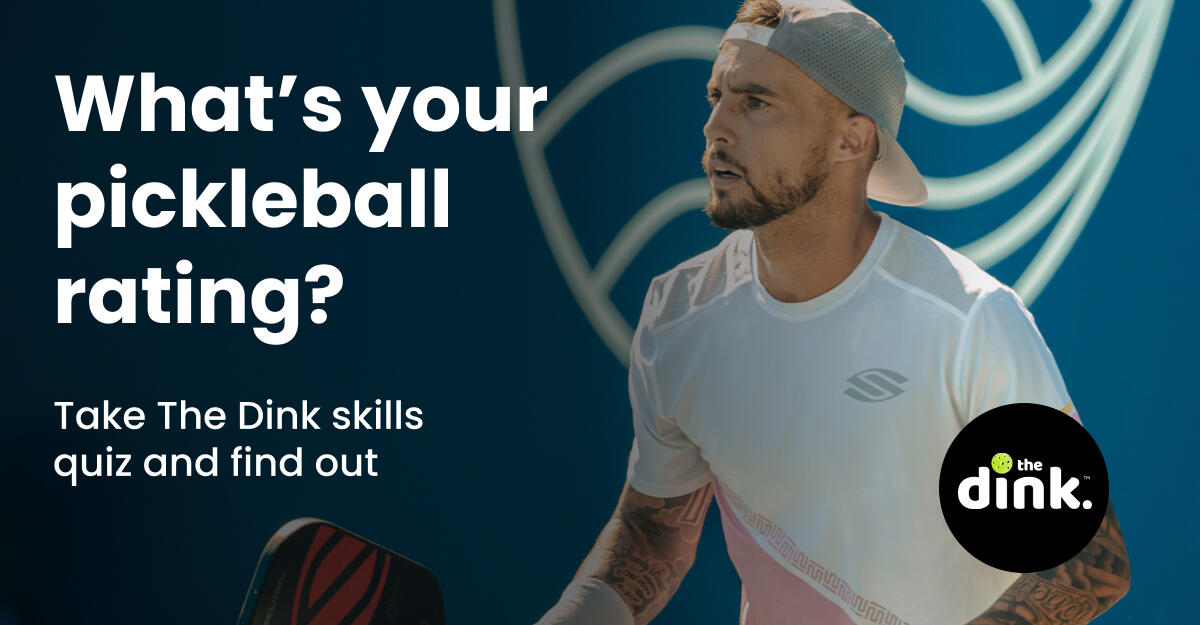

Eric Roddy
Eric is a PPA tour pro living in Charlotte, NC, sponsored by PROXR. In addition to playing PPA events, he teaches pickleball 2-3 hours a week, enjoys golf, and listening to his favorite band Goose.



